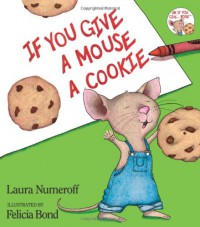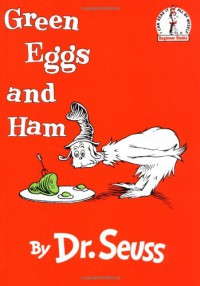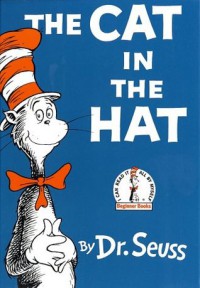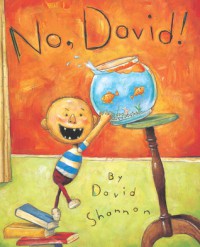
The whole Harry Potter series is awesome. The magical elements of it all hook you in and make you not want to put the book down. Following Harry and his friends through their adventures is so suspenseful!
In the classroom, this could be used for whole group reading, literature circles, independent reading, etc. It could be taken in many different directions by teachers!
- Lexile Measure: 880L

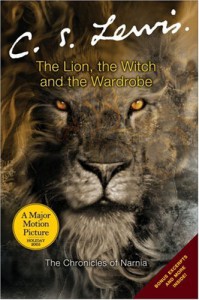
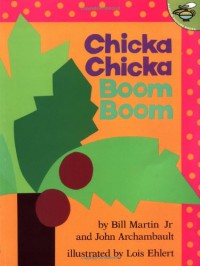


 1
1
